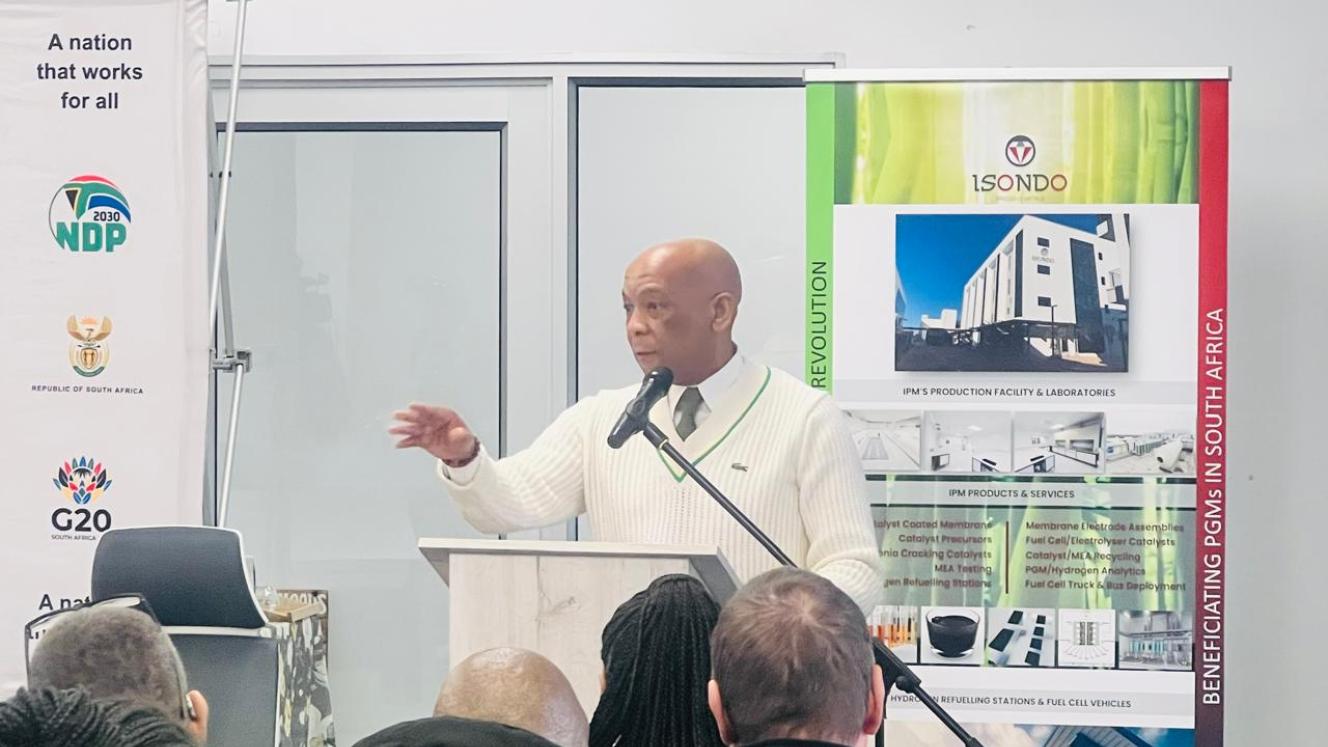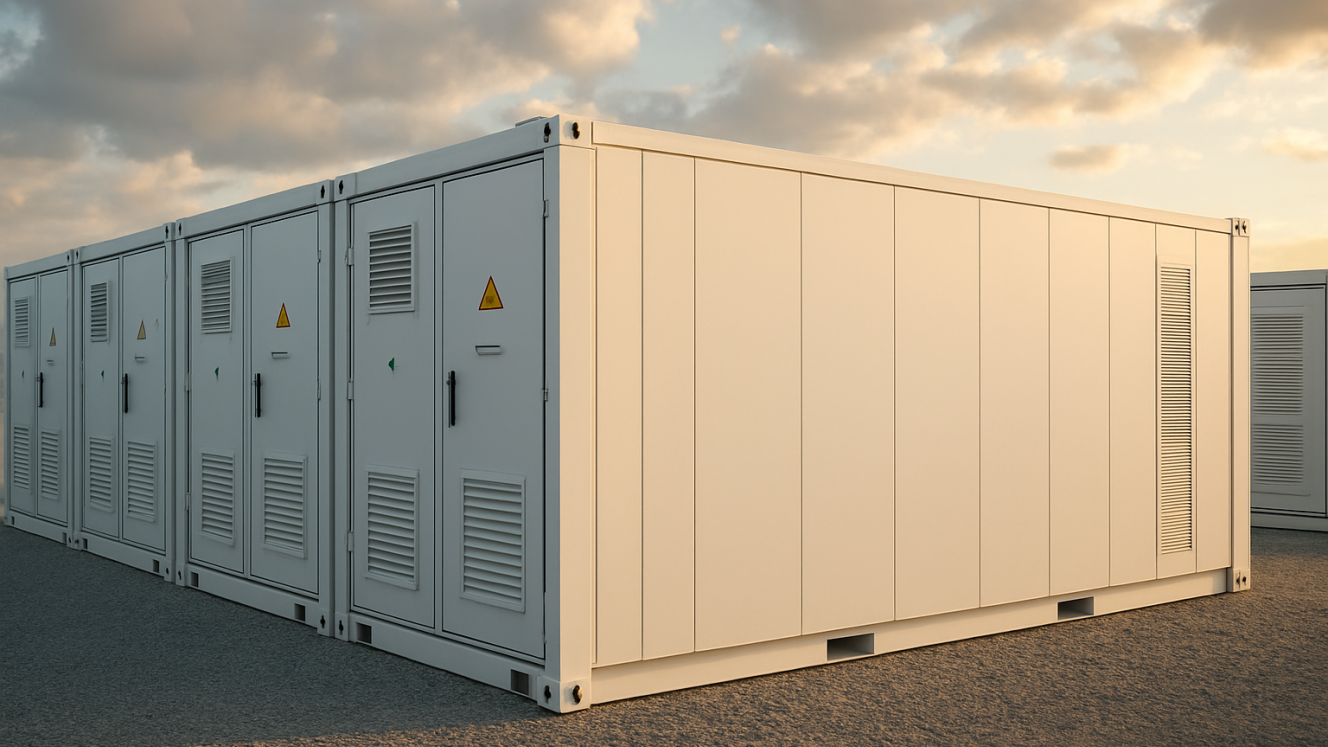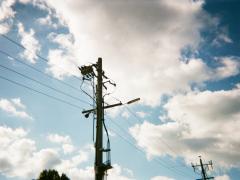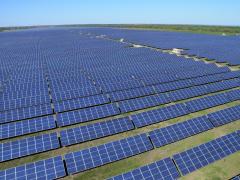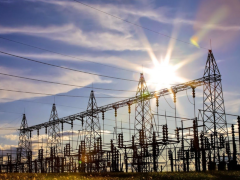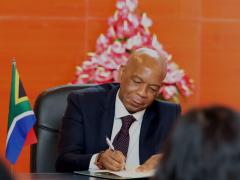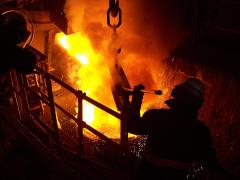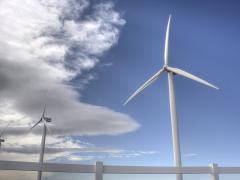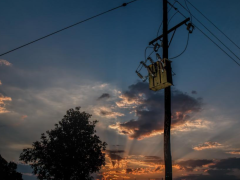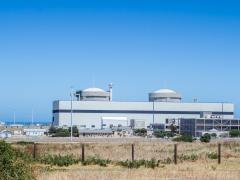South Africa has begun establishing domestic capabilities across the green hydrogen value chain with focus on manufacturing critical components and scaling renewable hydrogen production.
Media tours hosted on June 10 highlighted progress at two key facilities – Isondo Precious Metals’ membrane electrode assembly (MEA) plant in Gauteng and Sasol’s renewable hydrogen production site in Sasolburg. The visits formed part of the official media launch ahead of the South African Green Hydrogen Summit in Cape Town this week.
The developments follow Eskom’s recent issuance of a tender for the construction of a pilot renewable hydrogen facility, indicating the entity’s first step towards integrating green hydrogen into the energy mix.
The Isondo Precious Metals facility converts platinum and iridium, sourced from Northam Platinum, into catalysts, catalyst inks and MEAs for use in fuel cells and electrolysers. “Most of our metals are currently beneficiated overseas. We asked: Why not here? Why not now?” said Vinay Somera, CEO of Isondo Precious Metals.
Located in the OR Tambo Special Economic Zone, the plant is one of the first in Africa capable of producing platinum group metal (PGM)-based catalyst-coated membranes and complete MEAs – critical components in green hydrogen technology. At full production, the facility is expected to create around 300 jobs, support demand for PGMs mined by Northam Platinum and save approximately 1,6 million tonnes of carbon emissions annually through deployment of its products. Isondo Precious Metals has also launched an internship and training programme with an intake of 15 new interns this year.
Speaking at the Isondo Precious Metals facility, Kgosientsho Ramokgopa, Minister of Electricity and Energy, pointed to green hydrogen as key to decarbonising hard-to-abate sectors such as transport, shipping and chemicals. He emphasised that South Africa is not approaching the global green hydrogen economy as a passive recipient of aid but as a co-equal contributor. “We are not beggars. We are partners,” he said, stressing that South Africa brings sun, PGMs, skills and real estate to the table.
Cost remains a hurdle
At the facility in Sasolburg, Danie Cronjé, Senior Vice President: Business Building at Sasol, noted that competitive green hydrogen depends on scaling up renewable electricity, particularly for export-facing derivatives like green ammonia and green fuels.
Sasol’s pilot hydrogen plant, operational since June 2023, was built by retrofitting chlor-alkali electrolysers. While the plant is operational, current production costs remain above what the market is willing to pay, said Cronjé.
“A new H2 compressor was needed to meet quality standards, contributing to higher-than-expected capital costs.”
